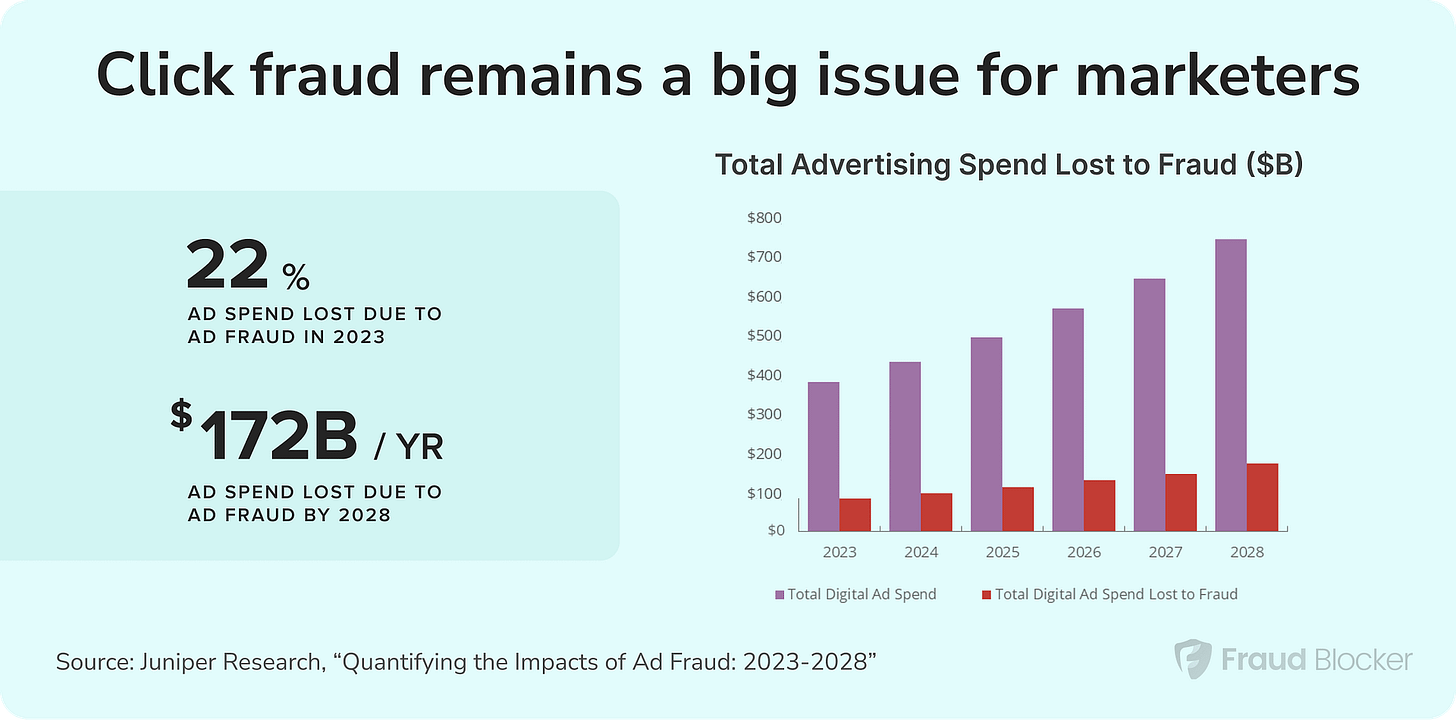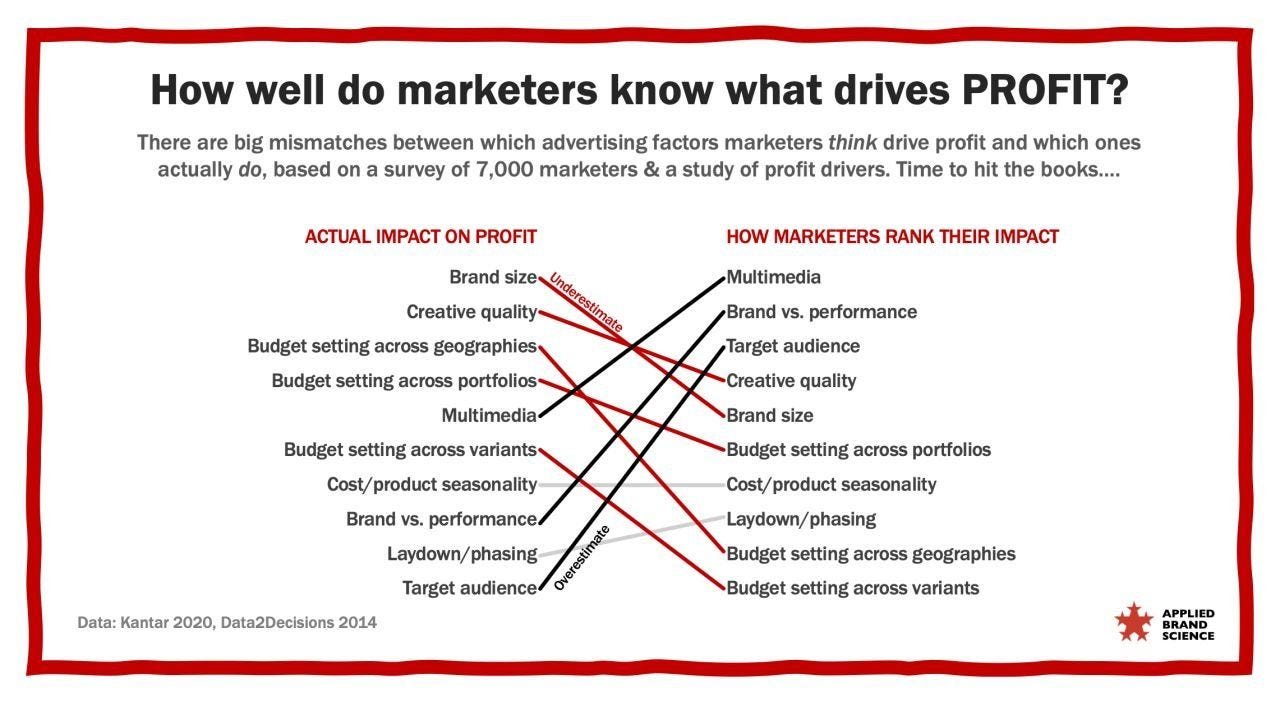Remember when we celebrated hitting 1 million followers?
It turns out a significant portion of them might be bots.
That viral TikTok campaign you invested in?
While it gained traction, it could be exposing younger audiences to harmful content and potential predatory behavior.
The Roblox game you sponsored?
The user numbers were likely inflated, meaning we’ve been marketing to an audience that doesn’t really exist.
This is the dark side of pay-to-play marketing, where inflated metrics and questionable ethics can dominate—until the consequences catch up.
TikTok Under Fire
TikTok has been criticized for its potential harm to younger audiences, with issues like inappropriate content and predatory behavior.
Can we trust Roblox?
Meanwhile, Roblox has been accused of misrepresenting its user base, which can lead marketers to invest in a platform that isn’t what it claims to be.
It’s not just the emerging platforms!
And Remember those inflated user numbers and misleading ad reach estimates? Yeah, Facebook has been caught manipulating metrics for years, yet marketers continue to invest in it.
Turns out fraud is everywhere.
"We're not just pouring money into a fantasy. We're potentially funding platforms that are causing real harm. And for what? Metrics we can't even trust?
—One MAC member
The pressure to deliver fast results and unreliable metrics pushes many marketers into a dangerous game.
According to Fraud Blocker, an in-depth study conducted by Juniper Research found that 22% of all ad spending is lost due to fraud, totaling $84 billion in wasted ad spend in 2023.
One of the more shocking stories from our latest MAC meeting involved a marketer who, under intense peer pressure from the leadership team to deliver fast results, fabricated revenue numbers to appear more in-line with C-Suite’s strategic vision.
Instead of reporting his campaigns' modest performance, he inflated the numbers to make it seem like he had driven millions in revenue.
How did he get away with it? Simple.
⚙️ The company’s internal systems focused on high-level results, not detailed tracking.
❌ No one verified the attribution models or investigated the numbers.
👀 Leadership, eager for big wins, took his reports at face value and never questioned the rapid growth.
📈 As long as the numbers looked good, no one scrutinized the details.
Marketing’s short tenures and frequent turnover often push individuals to prioritize short-term wins over long-term accountability. This creates an environment where stretching the truth may seem appealing for quick applause or personal gain, but it comes at a steep cost. While these tactics might make someone look good temporarily, they ultimately breed distrust, damage reputations, and undermine the business's stability. In the end, the truth catches up. When the tricks fail to deliver real results—no audience, no revenue—the hollow victories become long-term failures.
Celebrating fake success is like throwing a party in a house with cracked foundations—it’s only a matter of time before everything collapses.
The Shift: Earning Trust Before Buying Reach
To avoid falling into the trap of inflated metrics and questionable tactics, marketers need to make a fundamental shift—start by earning trust before buying media. It’s not about paying for quick views or visibility; it’s about building genuine, authentic relationships first.
Instead of diving headfirst into paid ads, focus on engaging with your audience organically. Be curious, listen, and participate as an individual, not just a brand. Whether it’s TikTok or any other platform, join the conversations that matter to your audience. Understand the platform dynamics and user behavior before pushing your products. Once trust is established, you’ll have an audience not just watching—they’re invested.
Creativity: A Fickle, Yet Powerful Opportunity
Creativity in marketing is a fickle yet powerful force—what works today might miss the mark tomorrow. It’s unpredictable and hard to bottle, but when harnessed correctly, it can unlock immense opportunities.
After brand size, creativity in advertising has a massive effect on success and driving profit. This research from Applied Brand Science and Kantar shows how marketers misunderstand the factors that drive profitable advertising, thinking targeting and use of multimedia matter more than creative quality - they don’t.
Creative marketing drives emotional connections, captivates audiences, and sets brands apart in saturated markets. The key is balancing innovation with strategy, using creativity not as a wild shot in the dark, but as a calculated tool that taps into audience insights and trends. In this delicate dance, creativity becomes the secret weapon for brands aiming to make a lasting impact.
Boosting the Right Organic Posts
Once you’ve nailed down which content naturally grabs your audience’s attention, you can easily boost those organic posts to reach an even wider audience. This is where paid media can work in your favor, amplifying what’s already working instead of trying to manufacture interest from nothing. When you invest in boosting organic content that’s already performing, you build on a foundation of real audience engagement. You’re not forcing your way into their feeds—you’re expanding on something they’ve already shown interest in.
From Trust to Growth
A perfect example of this strategy is Duolingo on TikTok. Instead of focusing on scale or running traditional ads, Duolingo uses its mascot to create relatable, culturally relevant content. Their presence is entertaining and genuine, not forced, which has earned them a loyal following. Once they’ve built that trust, any paid amplification of their posts only strengthens their bond with the community because they’ve already earned the audience’s engagement.
Once you’ve built that trust organically, you can layer in paid media to amplify the message. The key difference? You’re boosting content that resonates with your audience, not forcing it on them.
 Tiktok failed to load.
Tiktok failed to load.Enable 3rd party cookies or use another browser
Moving Beyond Pay-to-Play
The world of digital marketing is changing. If you’re still clinging to the old pay-to-play model, you’re not just falling behind—damaging your credibility. The MAC team knows this, so we are focused on slow, steady growth, ethical practices, and building genuine relationships.
Your next steps?
Evaluate your platforms: Don’t blindly trust reach numbers or platform promises. Do your research and be transparent with your audience about the risks.
Focus on real engagement: Vanity metrics won’t build trust—community will.
Play the long game: Prioritize long-term relationships over short-term wins, and never sacrifice ethics for a quick result.
It’s time to ditch the transactional mindset and start building something meaningful—because, in the end, that will make your brand stand out in this noisy, overcrowded digital world.











